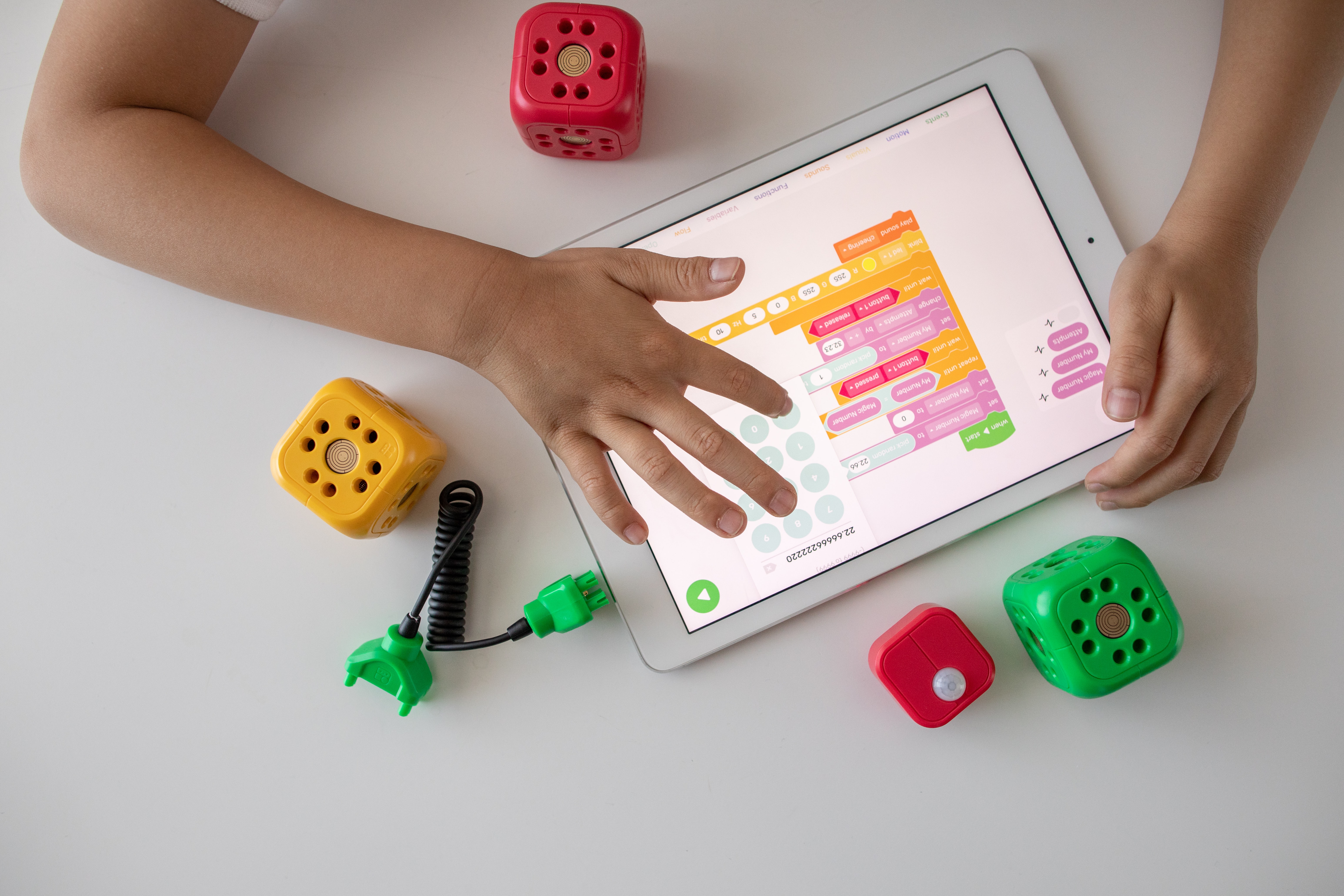As experts in education-centric product design, our team at Fruto tackles projects involving minors as primary users, collaborating with renowned names like Micro:bit Educational Foundation, and Boardworks Education.
As designers, we are very much aware that effective design hinges on research. However, researching with minors presents unique hurdles, demanding tailored methodologies that honour their developmental stages and ethical considerations. In this blog post, we distil our experience into key insights and practical tips for conducting research with children.
Exploring research methods for understanding children
In our UX journey, during the discovery phase, we engage primarily in interviews, workshops, and questionnaires to grasp their feelings, opinions, and experiences. Later, usability testing provides invaluable behavioural insights, guiding our design iterations.
Preparing for research: promoting participation and inclusivity
Before diving into research with children, it's essential to set the stage for meaningful and inclusive participation. While it may not always be feasible to include every demographic, striving for inclusivity enriches the research process and its outcomes.
Here are some practical considerations to foster participation:
Tailoring materials and questions:
Adapt workshop materials and questions to suit children's needs and abilities. Many standard materials that we tend to use for guidance are designed for adults, which can pose challenges for younger participants. By customising content, we enhance engagement and ensure that children can effectively contribute to the sessions.
Tip: Simplify language and activities to align with children's cognitive abilities and interests, facilitating their active involvement.
Addressing exclusionary factors:
Consider recruitment strategies to ensure a diverse sample. Be mindful of whether the language or design of the research may inadvertently exclude certain groups of children.
Tip: Reflect on who might be absent from the sample and how their perspectives could enrich the findings. While recruitment challenges are common, qualitative research isn’t about getting representative samples, but acknowledging these gaps can help you understand potential biases.
Informed consent:
Prior to involving children in research, ensure that both children and their parents or caregivers understand the purpose, expectations, risks, and benefits of participation. Securing informed consent is essential, emphasising that participation is voluntary.
Tip: Communicating clearly and transparently with participants and their guardians usually at the start of the activity is a good start to remind them their participation is voluntary and there is no negative consequence if they withdraw.
Things to consider during the session:
Two vital things to consider during the research process involving children for a smooth and productive research session:
Mitigating emotional risks
Children may find the process of talking about their experiences or completing tasks stressful, which can lead to emotional distress.
Tip: Reassure children frequently that there are no right or wrong answers. (We tend to say it more often with young participants than adults.) Let them know that their feedback is valuable, and they can take breaks or decline to discuss certain topics if they feel uncomfortable.
Managing Attention Span:
Recognize that younger participants typically have shorter attention spans than adults. While attention span estimates based on age are helpful guidelines, individual variances exist.
Tip: Structure sessions accordingly, either by keeping them shorter or incorporating breaks to maintain engagement. Be mindful of children's energy levels and adjust the pace as needed to optimise participation.
Expected attention spans by age
6 year olds: 12-18min
8 year olds: 16-24min
10 year olds: 20-30min
12 year olds: 24-36min
14 year olds: 28-42min
16 year olds: 32-48min
Source: 'Normal attention span expectation by age' by Brain Balance https://www.brainbalancecenters.com/blog/normal-attention-span-expectations-by-age
After the workshop:
Consider sharing the research results with participating children whenever possible, as it can significantly enhance their experience.
Tip: Crafting a condensed version of your report, a presentation, or another creative output (such as illustrative infographics) tailored specifically for children can effectively achieve this.
Need help with your project?
Let's chat about your next project or delve deeper into the world of inclusive design. Contact us to discuss ways we can help.





